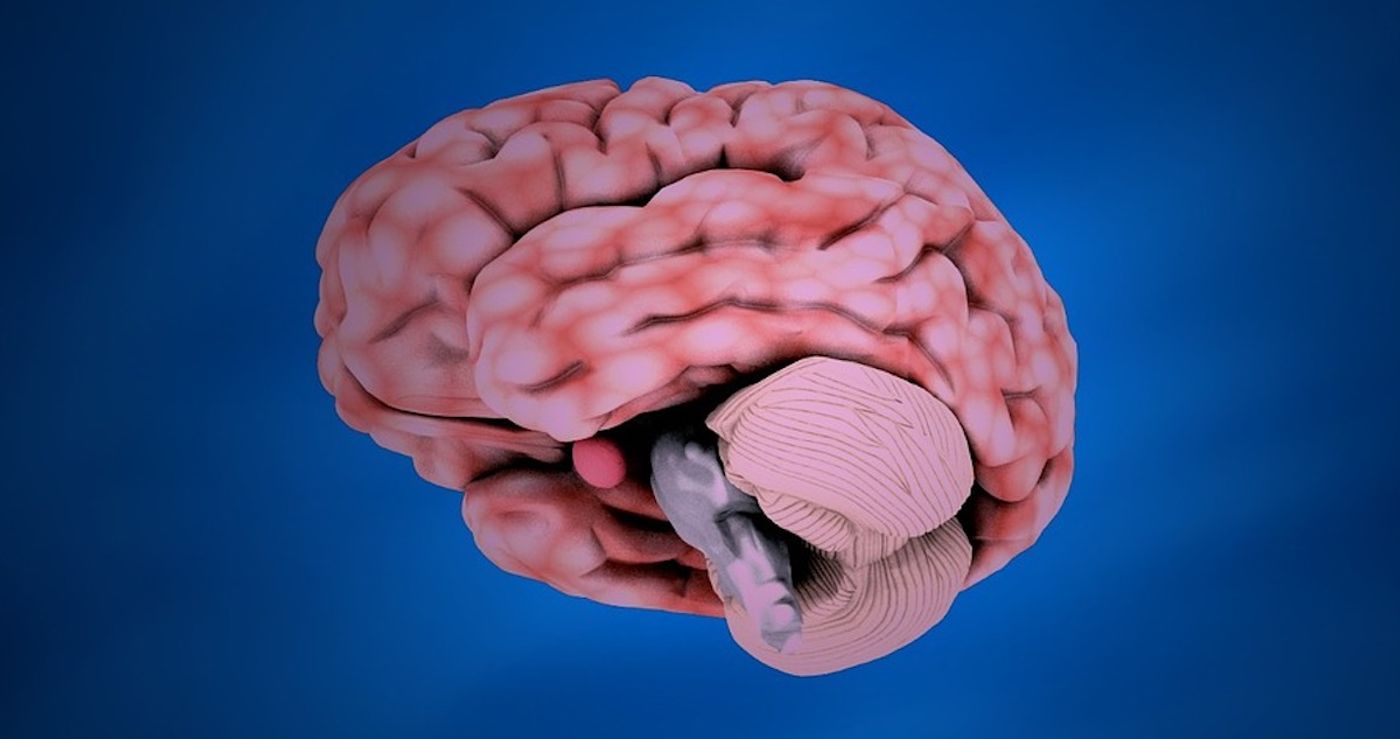New Insight Into the Loss of Neurons in Alzheimer's Disease
Researchers have been working to understand Alzheimer's disease for over one hundred years. A major feature of the disease is the loss of neurons in the brain; atrophy, a loss of brain weight, and neural connections are frequently seen in the brains of patients. This generalized atrophy is not usually enough to definitively diagnose the disease; these features can be caused by other things. The distribution and density of lesions in the brain are typically conclusive. This neuronal loss leads to the symptoms of the disease: memory loss and disruption in cognitive functions. The exact reasons why the neurons begin to die is still not clear, and there is a dearth of treatment for the disorder.
Another hallmark of AD is the presence of clumps made up of misfolded proteins. It is still not known whether these plaques of aberrant proteins are a cause or a result of the disorder. One of these hallmark clumps is caused by the breakdown of a molecule called amyloid precursor protein. One form, amyloid-beta protein 42, is particularly toxic and may be significant to the disease.
Previous work has suggested that the interaction between the amyloid-beta (Aβ) protein and the membranes of neurons was leading to the death of neurons that's known to occur in AD. The Aβ protein can be tough to target therapeutically because it can take on different forms.
Reporting in Nature Communications, researchers have now revealed the structure of Aβ protein clumps at the atomic level. This knowledge has shown how these plaques become toxic; it seems that they can interfere with the cell membrane of neurons, an essential barrier that carefully regulates what can pass in and out of cells. When the membrane is disturbed by the plaques, it allows ions and water to move through it, and eventually, causes the cell to die.
"Knowing the features that characterize these protein ensembles, such as the number of molecules that make them and the shape they adopt, is crucial to design effective therapeutic strategies that target the forms of Aβ ensembles responsible for the neurotoxicity in AD," said the research leader, Natalia Carulla, former group leader at the Institut Européen de Chimie et Biologie (IECB) in Bordeaux and current project manager at Grup CIEF.
The scientists developed a way to model the neuronal membrane and added stable forms of Aβ that had a uniform shape. They studied how the molecules generated an Aβ ensemble. Two were able to disrupt the model membrane; one was formed by four Aβ proteins, the other by eight.
"Our study suggests that some Aβ associations can perforate the membrane of neurons, alter their osmotic equilibrium, and consequently trigger their death," said the study first authors, Sonia Ciudad and Eduard Puig.
More work will be needed to determine how to prevent the formation of this complex, and whether that approach stops the death of neurons. If so, it would be a major advance in the treatment of AD.
Sources: AAAS/Eurekalert! via Institute for Research in Biomedicine (IRB Barcelona), Nature Communications



![Master Lab Weighing: Accuracy, Compliance & Audits [eBook]](https://d3bkbkx82g74b8.cloudfront.net/eyJidWNrZXQiOiJsYWJyb290cy1pbWFnZXMiLCJrZXkiOiJjb250ZW50X2FydGljbGVfcHJvZmlsZV9pbWFnZV85MWRmZmRjMDIwNDBlMWJjMzYwN2ZiYWY2ZjI4ZGMzYzBmZGMwZGMyXzkxOTcucG5nIiwiZWRpdHMiOnsidG9Gb3JtYXQiOiJqcGciLCJyZXNpemUiOnsid2lkdGgiOjcwMCwiaGVpZ2h0IjozNTAsImZpdCI6ImNvdmVyIiwicG9zaXRpb24iOiJjZW50ZXIiLCJiYWNrZ3JvdW5kIjoiI2ZmZiJ9LCJmbGF0dGVuIjp7ImJhY2tncm91bmQiOiIjZmZmIn19fQ==)





